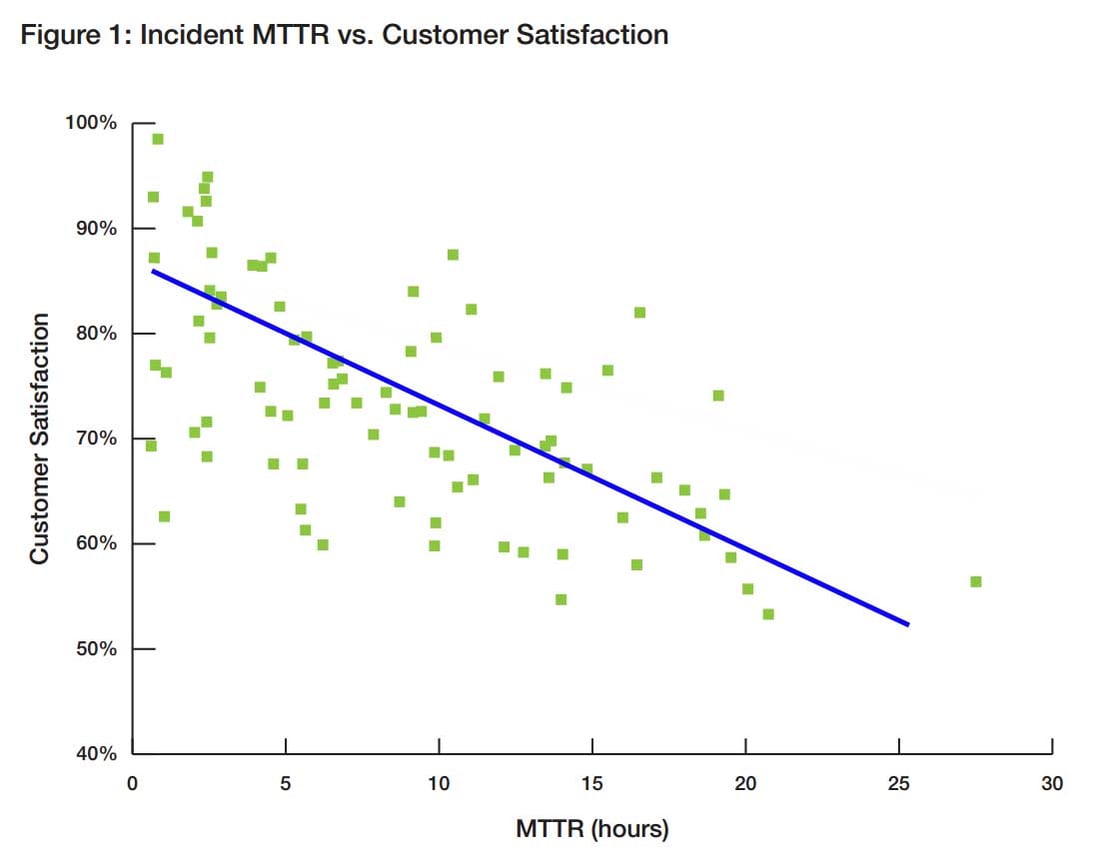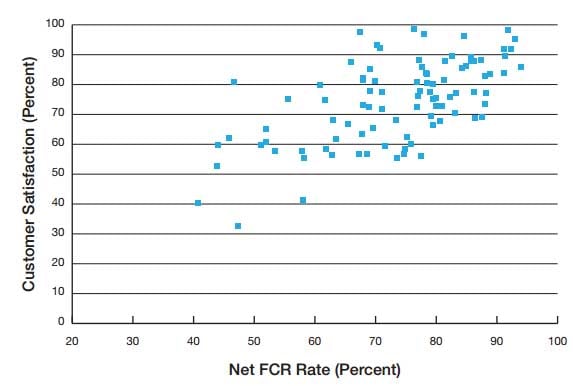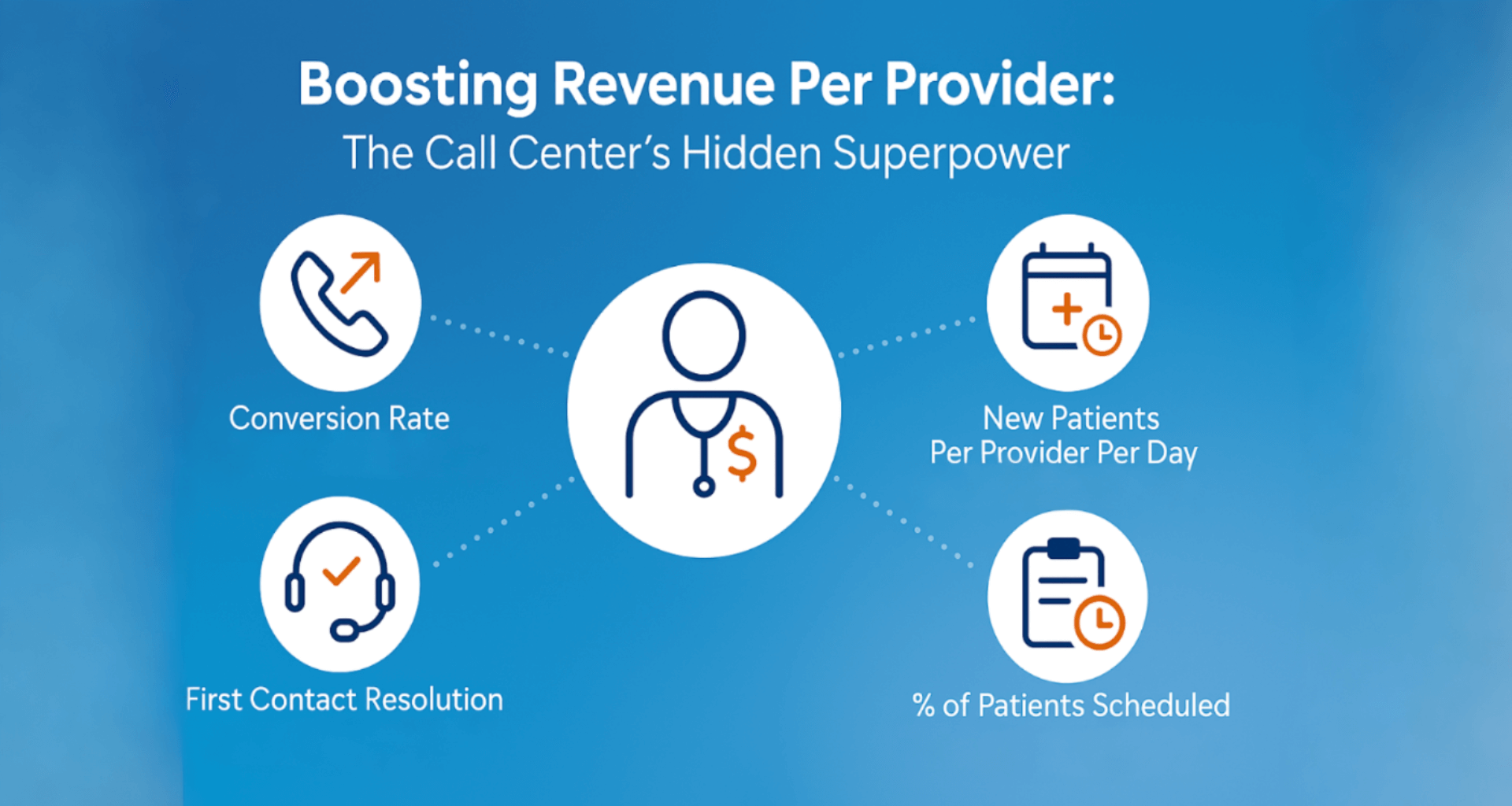
Until recently, medical practices have had the luxury of ignoring patient experience metrics. Times are changing and failing to consider this important dynamic can now lead to lower revenues, increased costs, and decreased reimbursements. In this article, we’ll look at why you should care about patient experience.
The importance of patient experience has grown due to a combination of factors:
- Primary care competition is increasing:
- 10,000 private urgent care centers, and 1,900 retail clinics are growing between 4% – 8% per year
- Telemedicine is growing at roughly 5% per year
- High deductible plans – patients taking a larger role in choosing providers
- The majority of patients are more informed and now use online resources to research and select physicians and practices
- In making referrals, physicians increasingly care about patient satisfaction and access with the referred-to physician, factors that go beyond clinical expertise of the specialist
- A move to quality or value-based reimbursements shifts focus to preventative medicine
Patient experience is becoming more important, but why should you care? Here are some reasons why:
1. Leads to more patients and more revenue
A good patient experience can lead to increased revenue from additional patients. Word of mouth has always been important to the healthcare practice. Increasingly, patient experiences are finding a wider voice in the rise of physician rating sites such as healthgrades.com, ratemds.com, or even yelp.com. Even for specialists, this leads to more referrals. Conversely, low patient satisfaction can result in fewer new patients and lower revenue. According to a 2015 survey of patients conducted by SoftwareAdvice.com:
- 84% of patients who responded use online reviews to evaluate physicians.
- 77% of patients use online reviews as their first step in finding a new doctor.
- 47% would go out-of-network for a doctor who has similar qualifications to an in-network doctor, but has more favorable reviews.
Just how significant is the impact of higher patient satisfaction? A 2008 Press Ganey study of hospitals found a strong correlation between patient satisfaction and profitability. According to that study:
“Hospitals with patient satisfaction in the 90th percentile experienced nearly a one-third increase in patient volume or, on average, an additional 1,382 patients per year. For hospitals with patient satisfaction in the bottom 10th percentile, the average volume loss was 17 percent.”
Rush University Medical Center in Chicago calculated that improved patient satisfaction scores translated to $2.3 million in additional revenues annually.
2. Saves you money and increases patient lifetime value
What if your practice isn’t concerned about attracting new patients? Primary care visits are decreasing – by as much as 10% per year. Low patient experience could still be hurting your bottom line by increasing patient churn (the number of patients that leave your practice) and consequently, reducing your average patient’s lifetime value. Even if those patients are easily replaced, you may be losing a lot of money on wasted new-patient setup activities. According to The Accreditation Association for Ambulatory Health Care (AAAHC):
“Because the cost of obtaining a patient is high, losing a patient is a substantial loss of investment. You may have attracted a patient through advertising or an insurance contract. And for each new patient, you must establish a patient record and gather payment information. Every interaction with the patient (e.g., reminder and follow-up calls), payer (confirming coverage, etc.), physician’s office (obtaining files, results of physical, etc.), pharmacy (ordering or refilling a prescription), or laboratory (following up on test results) represents a portion of your investment in that patient.”
3. Leads to fewer lawsuits
Higher patient satisfaction is also associated with fewer malpractice lawsuits. A 2005 study published in The American Journal of Medicine found that each one-point decrease in patient satisfaction leads to a 5% increase in risk management episodes. The AAAHC also found a link between patient satisfaction and malpractice lawsuits:
“There is evidence of a reciprocal relationship between patient satisfaction and continuity of care (which is associated with better patient outcomes). Conversely, dissatisfaction and complaints can mean not only loss of business/investment, but also increased risk of malpractice lawsuits.”
4. It can change your reimbursements
Finally, low patient satisfaction score can negatively impact your CMS reimbursements. Since 2012, CMS has witheld 1% of total Medicare reimbursements from hospitals. Hospitals must then compete based on various factors including patient satisfaction in order to regain those reimbursements. For outpatient practices, Patient-Centered Medical Homes (PCMHs) or Patient-Centered Specialty Practices (PCSPs) are both gaining in popularity with payers. They offer incentives or additional reimbursements for recognized practices, and many of the scores center around patient access, patient response, and other common patient experience metrics.
What affects patient satisfaction?
A 2013 study published in the Journal for Healthcare Quality found that the leading drivers of patient satisfaction are wait time (in the waiting room and exam room) and prompt return of calls. In this article, we’ll focus on phone calls.
Just like any other interaction, patients expect prompt and friendly phone service from your staff. According to a 2011 Medical News article:
“Patients’ impressions about their phone interactions with office staff are a significant contributor to their overall satisfaction with physicians’ offices. Health industry survey firm Press Ganey asks patients every year about their satisfaction with various elements of their doctors’ offices and consistently hears complaints about poor service over the phone, according to its most recent “Medical Practice Patient Satisfaction Pulse Report,” released in November 2010.”
“Resolution Time” is the time it takes to resolve a customer’s issue or answer their question. This all-important metric is rarely measured and for some practices, can average to a day or more. MetricNet, a leading source of support benchmarks, found a strong correlation between resolution time and caller satisfaction, as shown in the following chart:

MMTR above stands for “Mean Time To Resolution”which is the average time (in business hours only) it takes to resolve an issue or answer a question. This metric is tracked in other industries but is not measured by most practices.
Another important metric is “First Contact Resolution” or FCR. FCR is the percentage of patient issues or questions that can be resolved on the initial call. Higher FCR percentages are often associated with higher satisfaction. The following chart from MetricNet demonstrates the correlation:

Many practices do not equip their phone staff with the appropriate tools or training to improve FCR. Additionally, staff are often left playing phone tag with the patient in order to collect additional information required for resolution. This can extend the average number of contacts before resolution and further decrease satisfaction.
Lost or forgotten calls are also a problem in many of today’s practices. About 25% of calls to an average medical practice are repeat calls because the reason for the first call is still unresolved. Calls are often lost or forgotten, leading to unhappy patients and more work for your call staff which has to handle these additional calls.
Smart telephone triage helps patients and providers.
Improving patient satisfaction is possible with the right tools and basic training. The right software takes best practices and automates them, offering a way for people to communicate with health professionals that is polished, seamless, and personal. For free recommendations on telephone triage best practices, CLICK HERE FOR A OUR FREE GUIDE FOR TRIAGE BEST PRACTICES. To read our article on how smart telephone triage can transform the patient-provider experience, click here.
About Keona Health
At Keona Health, we believe that relationships matter. We know that a clinic’s triage system can test a patient-doctor relationship, especially if a patient cannot easily get the help he or she is seeking. Keona Health offers healthcare software and automation solutions to ease the burden of telephone triage on medical practices and help medical professionals better communicate with patients. Keona Health’s automation solution was recognized at the Allscripts Open App Challenge for best supporting clinical, financial and performance improvement results. TO SEE A DEMO OF KEONA HEALTH SOFTWARE, CLICK HERE.
References:
The importance of patient satisfaction. Accreditation Association for Ambulatory Health Care (AAAHC) https://www.aaahc.org/Global/pdfs/Connection/2015%20May%20Connection_The%20Importance%20of%20Patient%20Satisfaction.pdf
Becoming a Medical Home Can Boost ReimbursementsPhysicians Practice http://www.physicianspractice.com/practice-models/becoming-medical-home-can-boost-reimbursement
Why Primary Care Physicians are Seeing Fewer PatientsMedical Economics http://medicaleconomics.modernmedicine.com/medical-economics/news/why-primary-care-physicians-are-seeing-fewer-patients?page=full
How Patients Use Online ReviewsSoftware Advice http://www.softwareadvice.com/resources/how-patients-use-online-reviews/
Patients are actually customers…who knew? http://thedoctorweighsin.com/patients-actually-customerswho-knew/
Penalties Add UpTexas Medical Association https://www.texmed.org/Template.aspx?id=26986
6 Ways to Maximize the Impact of Your Online Physician Reviews https://www.linkedin.com/pulse/6-ways-maximize-impact-your-online-physician-reviews-kevin-tausend
Is your telephone hurting your practice? Phone do’s and don’tsAmerican Medical News http://www.amednews.com/article/20110307/business/303079964/4/
Increase patient and provider satisfaction by reducing phone messages http://www.kevinmd.com/blog/2014/01/increase-patient-provider-satisfaction-reducing-phone-messages.html
Metric of the Month: First ContactResolutionMetricNet http://www.thinkhdi.com/~/media/HDICorp/Files/Library-Archive/Insider%20Articles/First%20Contact%20Resolution.pdf
Metric of the Month: Mean Time to ResolveMetricNet http://www.thinkhdi.com/~/media/HDICorp/Files/Library-Archive/Insider%20Articles/mean-time-to-resolve.pdf
Patient Experience ROIwecreateloyalty.com http://www.wecreateloyalty.com/wp-content/uploads/2014/03/CultureROI_WhitePaper-1.pdf
Quality Management in Health Care 13, No. 1, 2004Consumerization of HealthcareWolters Kluwer http://wolterskluwer.com/binaries/content/assets/wk-health/pdf/company/newsroom/white-papers/wolters-kluwer-health-consumerization-of-healthcare-executive-summary.pdf
Improving Wait Times and Patient Satisfaction in Primary Care Journal for Healthcare Quality http://onlinelibrary.wiley.com/doi/10.1111/jhq.12004/full
Posted By

Stephen Dean is COO of Keona Health, where he’s spent 13 years building AI systems that transform patient access. Before “agentic AI” was a term, his team was deploying autonomous systems that now handle millions of patient conversations annually.
Related Post
July 30, 2025
when patients call, they’re not just dialing a number—they’re reaching for help. and...
April 10, 2025
in healthcare, every interaction is a decision point—one that can impact outcomes,...


